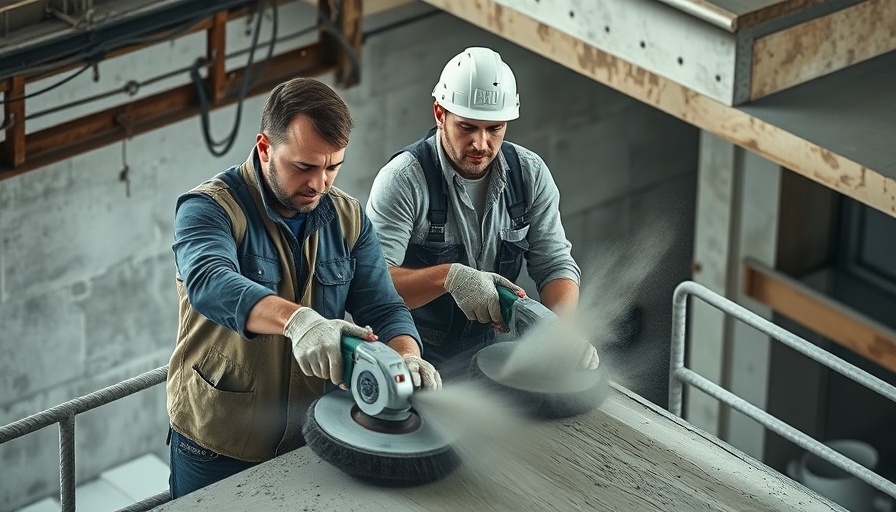
The Lingering Effects of the Pandemic on Construction Costs
As the construction industry marks five years since COVID-19 turned the world upside down, it faces an unexpected reality: while supply chains may have rebounded in various sectors, construction material costs remain stubbornly high—up to 40% above pre-pandemic prices. This discrepancy underscores the lasting impact of the pandemic, as contractors approach pricing as a new normal, rather than a temporary setback.
Understanding Material Price Fluctuations
During the initial stages of the pandemic, contractors optimistically believed that once operations normalized, material prices would ease back to pre-pandemic levels. "In the beginning, we thought the shutdown would only last a few months," stated Les Hiscoe, CEO of Shawmut Design and Construction. However, the reality unfolded differently, with material prices peaking significantly during 2020 and 2021, particularly in essential components like iron and steel. Just when it seemed they might ease, ongoing tariffs threaten further increases.
Exploring Tariff Trends and Their Impact
As tariffs loom larger in the construction landscape, the predictability of future construction costs comes into question. Mark Zandi, chief economist at Moody’s Analytics, pointed out, "The new tariffs will 'do some damage' by putting pressure on an already strained construction sector." These developments mean that contractors must brace for waves of potential price hikes, adding to their complicated budgeting processes for ongoing projects.
Shifting to Local Supply Chains
In response to the chaos caused by international suppliers during the pandemic, many construction firms are pivoting towards domestic sources. Dave Steffenhagen of McHugh Construction noted that the unpredictability of overseas supply chains prompted companies to cultivate closer relationships with North American producers. This shift is strategic, as it reduces vulnerabilities and allows firms more control over inventory management, crucial in this evolving economic landscape.
Looking Ahead: Future Predictions for Material Costs
As we delve deeper into 2025, the industry remains cautious about price fluctuations. Brandon Michalski, a construction economist, forecasts a modest 2.4% yearly increase in construction materials, yet warns of significant risks tied to dependency on imports, particularly in crucial materials like lumber and cement. As construction costs adapt to these elevated levels, professionals currently operating in the industry understand that they may be negotiating deals under an entirely different set of circumstances.
Contractors Adapt to a New Landscape
Despite the increasing costs, there remains a silver lining amid the gloom. As the Project Stress Index shows signs of project continuation, industries are adapting their strategies. Sharon Wilson Géno from the National Multifamily Housing Council observes, "While some projects may be pushed or canceled, most are expected to continue as companies adapt through value engineering and strategic planning." This resilience showcases the industry's ability to adjust to ongoing price pressures.
Conclusion
As construction costs remain high five years after the pandemic's onset, a notable adjustment is occurring in the landscape as professionals adapt to these new realities. Perhaps one of the most critical lessons from this period is the importance of fostering strong domestic supply chains to alleviate reliance on imported materials. Contractors can also benefit from flexible project planning to account for price changes, allowing them to remain competitive in a challenging economic environment.
Now is the time for contractors, homeowners, and industry professionals to stay informed and proactive about navigating these changes. Explore alternative resources and strategies that can help make your projects more viable in this new construction landscape.
 Add Row
Add Row  Add
Add 






Write A Comment